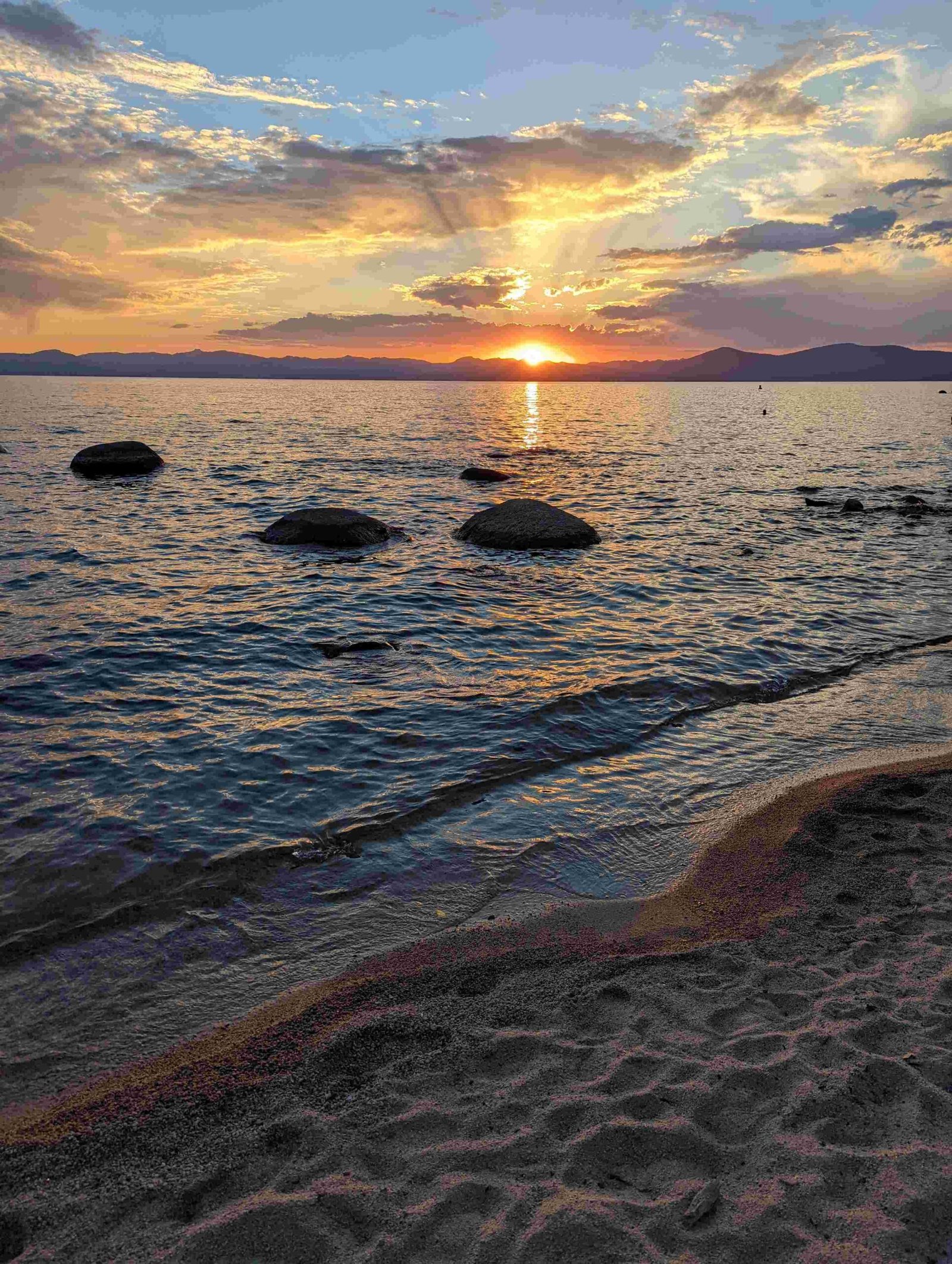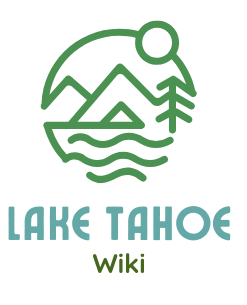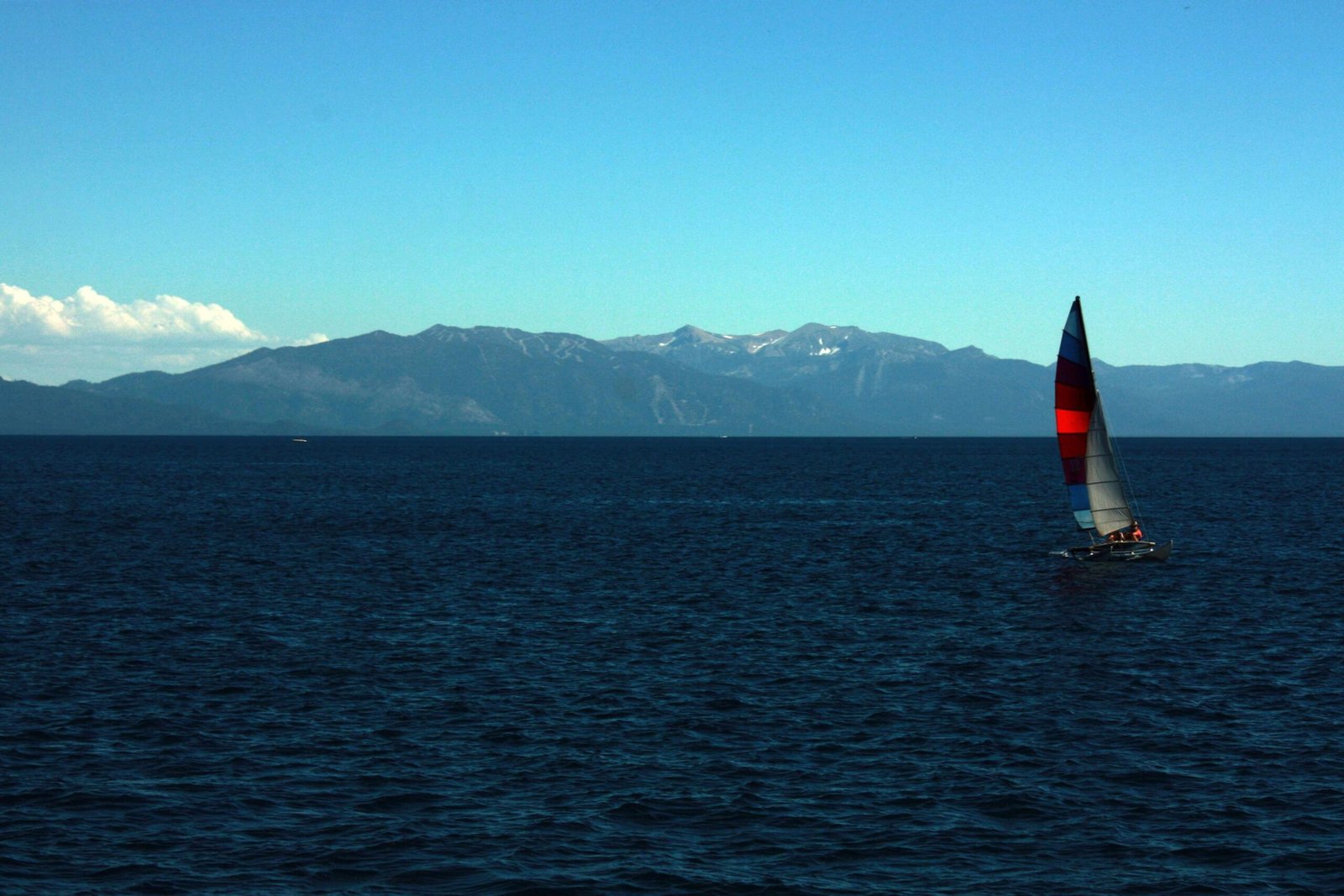Lake Tahoe beaches have been tested for toxic algal blooms following concerns about water safety. Recent tests at El Dorado Beach and Nevada Beach showed no harmful algal bloom toxins in Lake Tahoe itself. However, a low level of saxitoxin was found in a nearby pond, prompting a HAB Watch advisory. Water quality agencies regularly monitor the shoreline for harmful algal blooms to ensure public safety.
What Are the Latest Test Results for Lake Tahoe Beaches?

The most recent water quality tests for Lake Tahoe beaches have yielded reassuring results:
- No toxins associated with harmful algal blooms (HABs) were detected in Lake Tahoe at El Dorado Beach or Nevada Beach.
- A very low level of saxitoxin was found in a shallow pond near Nevada Beach, not connected to Lake Tahoe.
- Seven beaches tested before the Fourth of July showed negative results for HABs.
These findings indicate that the main body of Lake Tahoe remains free from toxic algal blooms, ensuring safe recreational activities for visitors.
How Often Are Lake Tahoe Beaches Tested for Algal Blooms?

Lake Tahoe beaches undergo regular testing for algal blooms to maintain water quality and public safety:
- Water quality agencies conduct frequent visual inspections and water sample collections.
- The Lahontan Regional Water Quality Control Board and Nevada Division of Environmental Protection oversee the monitoring process.
- Testing intensifies during peak tourist seasons and when environmental conditions favor algal growth.
- Specific locations like Kiva Beach and Taylor Creek receive additional attention due to their slow-moving water bodies.
This consistent monitoring helps authorities quickly identify and respond to any potential algal bloom threats.
What Methods Are Used to Test for Toxic Algal Blooms?
The testing process for toxic algal blooms at Lake Tahoe beaches involves several steps:
- Visual inspections of the shoreline and water surface
- Collection of water samples from various depths
- Laboratory analysis of samples for specific cyanotoxins
- Evaluation of results against established safety thresholds
- Issuance of public notices or advisories based on findings
This comprehensive approach ensures accurate detection of any harmful algal blooms that may pose risks to human and animal health.
Which Lake Tahoe Beaches Have Been Tested for Algal Blooms?
Several Lake Tahoe beaches have undergone testing for algal blooms, including:
- El Dorado Beach (California)
- Nevada Beach (Nevada)
- Kiva Beach
- Taylor Creek area
These locations represent a mix of popular recreational spots and areas with conditions that could potentially support algal growth.
What Amenities Are Available at Tested Lake Tahoe Beaches?
Beaches tested for algal blooms offer various amenities to visitors:
| Beach | Parking | Accessibility | Cost | Recreational Activities |
|---|---|---|---|---|
| El Dorado Beach | Available | Generally accessible | Not specified | May be restricted during advisories |
| Nevada Beach | Available | Accessible | Not specified | Precautions advised during alerts |
Both beaches provide essential facilities for visitors while prioritizing safety through water quality monitoring and public advisories.
How Do Algal Bloom Tests Affect Beach Events and Activities?
While no specific events have been reported as affected by algal bloom testing, the results can impact beach activities:
- Positive test results may lead to temporary beach closures or restrictions.
- Advisory signs are posted to inform visitors of potential risks.
- Water-based activities may be limited during periods of suspected HABs.
- Events may be rescheduled or relocated if water quality concerns arise.
Authorities strive to balance public enjoyment with safety considerations based on algal bloom test results.
What Safety Guidelines Should Visitors Follow at Lake Tahoe Beaches?
To ensure a safe experience at Lake Tahoe beaches, visitors should adhere to these guidelines:
- Check for advisory signs and online updates before entering the water.
- Avoid contact with visible algae or scum in the water.
- Do not drink lake water or eat shellfish from areas with suspected HABs.
- Keep children and pets away from algae-prone areas.
- Rinse off with clean water after swimming in the lake.
- Report any unusual water conditions or health symptoms to beach authorities.
Following these precautions helps minimize risks associated with potential algal blooms while enjoying Lake Tahoe’s beaches.
How Do Algal Bloom Tests Contribute to Lake Tahoe’s Environmental Management?
Algal bloom testing plays a crucial role in Lake Tahoe’s environmental management:
- Provides early warning of potential water quality issues
- Helps track long-term trends in lake health
- Informs policy decisions on pollution control and watershed management
- Supports public education efforts on environmental stewardship
- Contributes to the preservation of Lake Tahoe’s renowned clarity and beauty
By consistently monitoring for algal blooms, authorities can take proactive measures to protect the lake’s ecosystem and maintain its status as a premier recreational destination.
What Future Plans Exist for Algal Bloom Monitoring at Lake Tahoe?
Looking ahead, plans for algal bloom monitoring at Lake Tahoe include:
- Expansion of testing sites to cover more beach areas
- Implementation of advanced detection technologies
- Increased frequency of testing during high-risk periods
- Enhanced public reporting systems for suspected blooms
- Collaboration with research institutions to study bloom triggers and prevention
These initiatives aim to further strengthen Lake Tahoe’s water quality management and ensure the continued safety of its beaches for all visitors.

